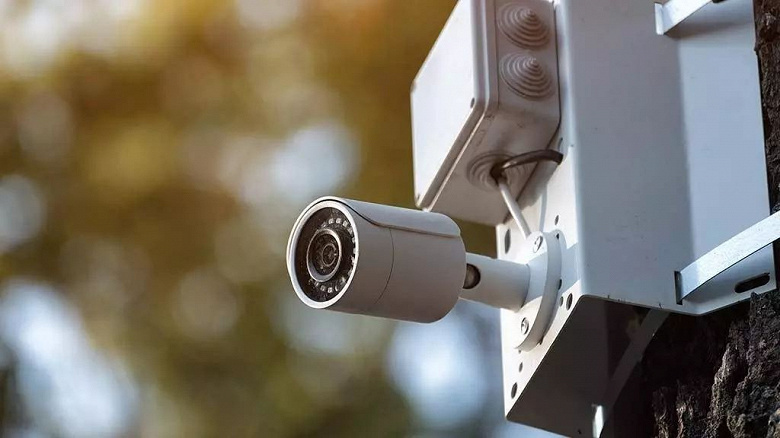Moscow Government Allocates Over 23 Billion Rubles for Video Surveillance
The Moscow city government plans to purchase video surveillance services worth more than 23.3 billion rubles, according to reports from Kommersant, which discovered six tenders for services providing information from surveillance cameras to the Unified Data Storage and Processing Center (UDSPC). The Department of Information Technology (DIT) of Moscow stated that these procurements are being made because the contracts signed over four years ago are expiring. The new contracts will ensure video surveillance at building entrances, in courtyards, and in public areas.
The new contracts are set to last for five years. Surveillance cameras will be installed at building entrances, in courtyards, and in public spaces throughout the city.
Last year, the Moscow city budget for 2022 included an expenditure of 9.8 billion rubles for maintaining and developing the city’s video surveillance system, according to Pavel Dityatev, Deputy Head of the Moscow Department of Finance. He noted that this amount would be used to support the operation of cameras and the transmission of video footage to the unified data center.
According to official data from the city administration, there are 213,000 surveillance cameras operating in Moscow, with access granted to law enforcement officers, including the Ministry of Internal Affairs (MVD). Surveillance cameras equipped with facial recognition systems are often used to detain protest participants, journalists, and public figures. Recently, these cameras have also been used to track citizens subject to “partial mobilization.” Draftees have been detained near metro stations, and many have been served draft notices.
The facial recognition system has been operating in the Moscow metro since the fall of 2020. Authorities have used it, for example, to catch violators of quarantine restrictions during the COVID-19 pandemic. The system uses four technologies developed by Russian companies: NtechLab, Tevian FaceSDK, VisionLabs Luna Platform, and Kipod.
Authorities in other Russian regions may also set up surveillance of draftees using cameras by leveraging the resources of Moscow’s UDSPC, which is connected to the facial recognition system. It is planned that data from other regions of Russia will be transmitted to the UDSPC, especially for those regions whose governments lack the funds to deploy their own surveillance systems.



